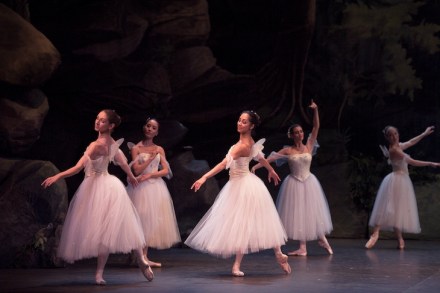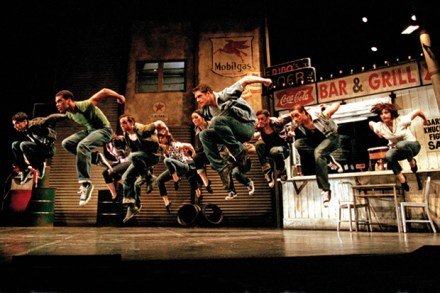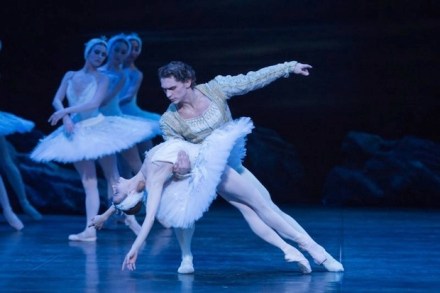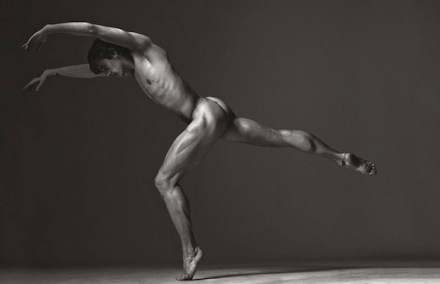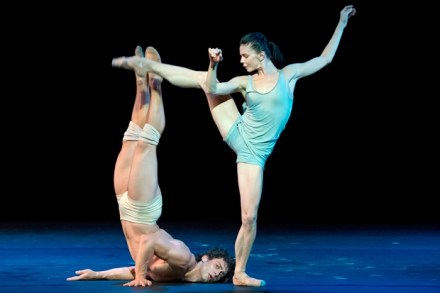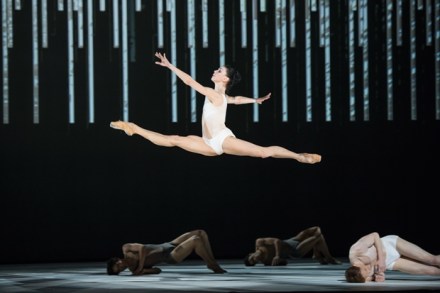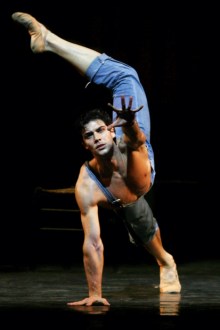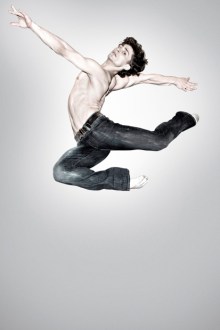Her big, fat Highland wedding
Gurn loves Effy, Effy is engaged to James but James is away with the fairies: a recipe for love tragedy. Tamara Rojo’s English National Ballet hasn’t danced August Bournonville’s La Sylphide since 1989 (before most of today’s dancers were born or thought of). The easy elevation and unshowy brilliance of the Danish style do not come naturally to them but their accents have improved since the dispiriting première in Milton Keynes last October. The character ensembles look perkier although the garish tartan choices make poor Effy’s big, fat Highland wedding look like a lock-in at a Royal Mile souvenir shop. The sylph’s 18 sisters were unfailingly tidy but the sense
